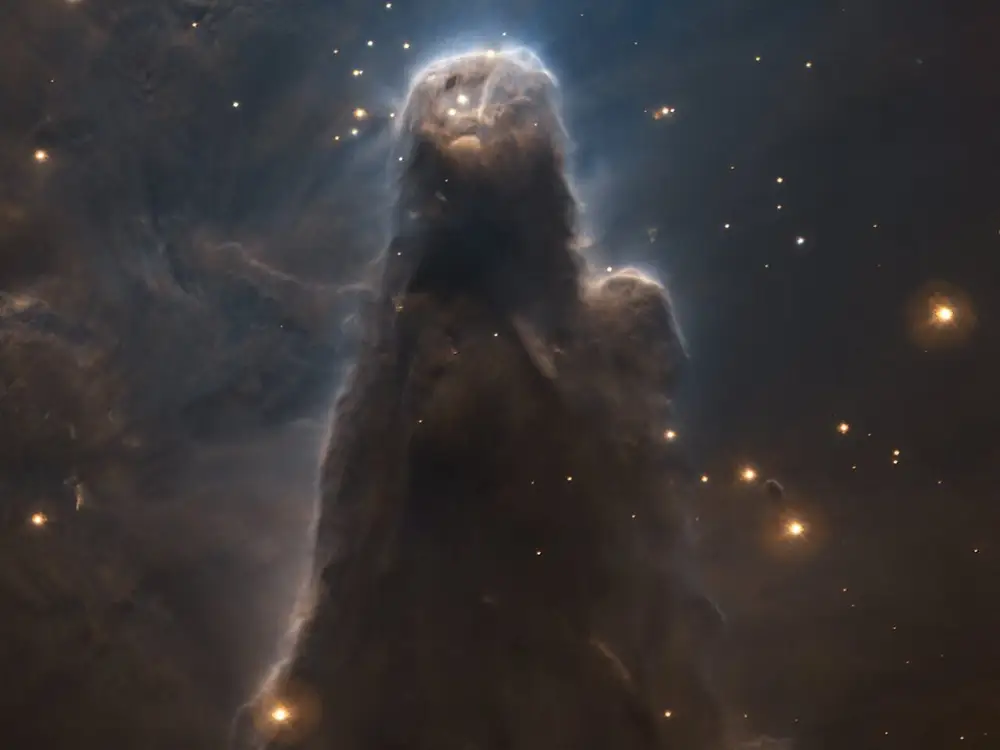The “Cone Nebula” is depicted in breathtaking clarity in an image that was just made public. Approximately 2,500 lightyears separate us from it.
The dramatic new view of the nebula shown at the end of the video, showcases its dark and impenetrable cloudy appearance. The image was captured with the FOcal Reducer and low dispersion Spectrograph 2 (FORS2) instrument on ESO’s Very Large Telescope (VLT), and was released on the occasion of ESO’s 60th anniversary.
On the occasion of the European Southern Observatory’s (ESO) 60th anniversary, the photograph was made public this past Thursday by the ESO. The photograph of the nebula was taken earlier this year by the European Southern Observatory’s Very Large Telescope, which is located in the Atacama desert in Chile and is one of the largest in the world.
Nebulas are the birthplaces of stars. The thick cloud of cosmic dust and gas provides the ideal breeding habitat for newly formed, brilliant stars, some of which can be seen towards the top of the cloud in the image that was taken earlier.
According to an accompanying press release, the shape of the Cone Nebula is caused by a star that is located at the point of the nebula. This star blasts away the gas and dust as the nebula is being produced, which causes the dust to become compressed into a compact pillar-like shape.
The Cone Nebula can be seen clearly due to its proximity to Earth, which is around 2,500 light years away. This proximity makes it an excellent target for observation. In order for scientists to locate the Cone Nebula, they pointed their telescope in the direction of the Monoceros (unicorn) constellation, which is located in the middle of the space occupied by the Betelgeuse and Procyon stars.
In the sky over the Northern Hemisphere during the winter, the constellation known as the unicorn can be seen. The Very Large Telescope at the European Southern Observatory (ESO) is one of the greatest telescopes on the globe.












Leave a Reply